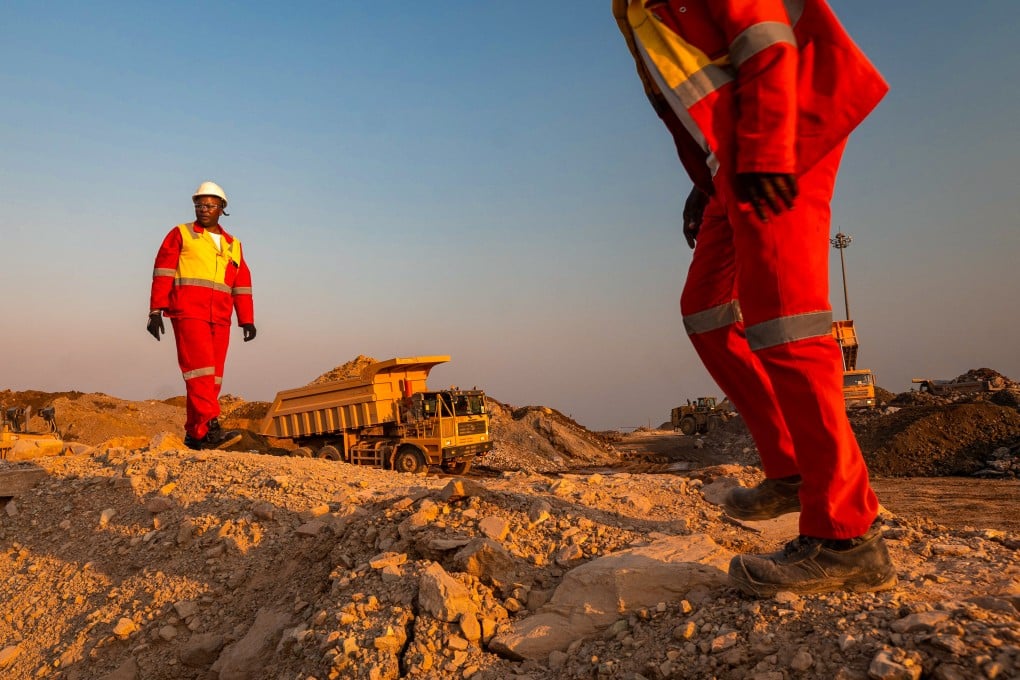Opinion | Why China is pivoting to Africa for copper
Once a quiet workhorse of industry, copper has become a geopolitical flashpoint in the race for clean energy dominance

China’s reliance on Latin America, particularly Chile and Peru, for copper ore is becoming increasingly precarious. Decades of intense mining in Chile have led to declining ore grades and rising extraction costs. In Peru, delays in obtaining permits and political instability further complicate operations.
Adding to the complexity, both nations have long-standing trade agreements with the United States – since 2004 for Chile and 2009 for Peru – exposing China to additional risks as US-China tensions harden.
A looming global copper deficit adds pressure. In 2020, China consumed 14.43 million tonnes of refined copper, 75 per cent of it imported. By mid-2024, it had stockpiled over 300,000 tonnes of copper in state reserves, anticipating future disruptions. But stockpiling is only a temporary fix. For long-term security, China needs stable, politically independent suppliers.

African countries, with their vast reserves, are becoming central to China’s new copper strategy. Currently, only 8 per cent of African mining output is under Chinese control, but key footholds have already been established through a mix of state-owned and private enterprises.
